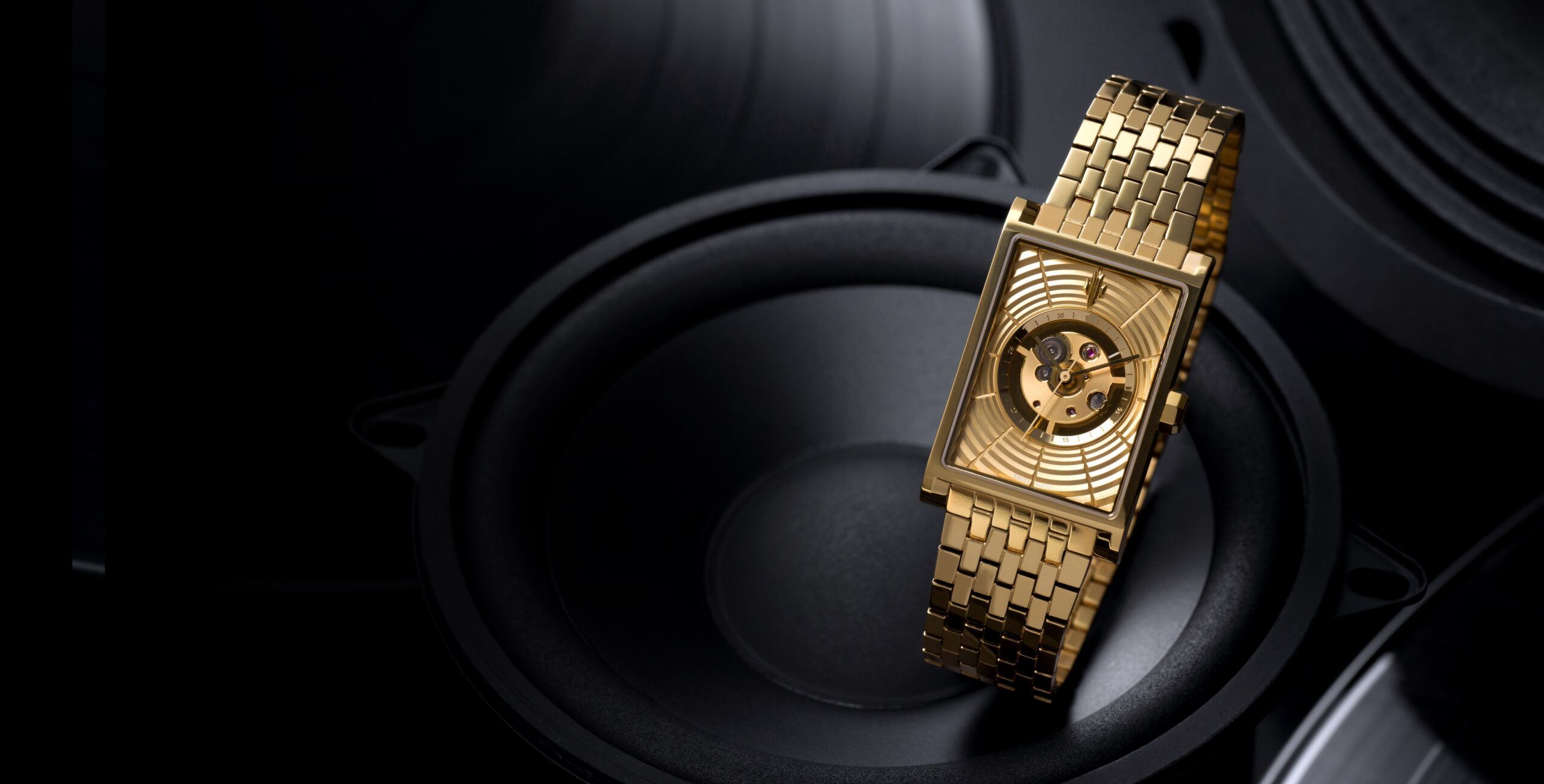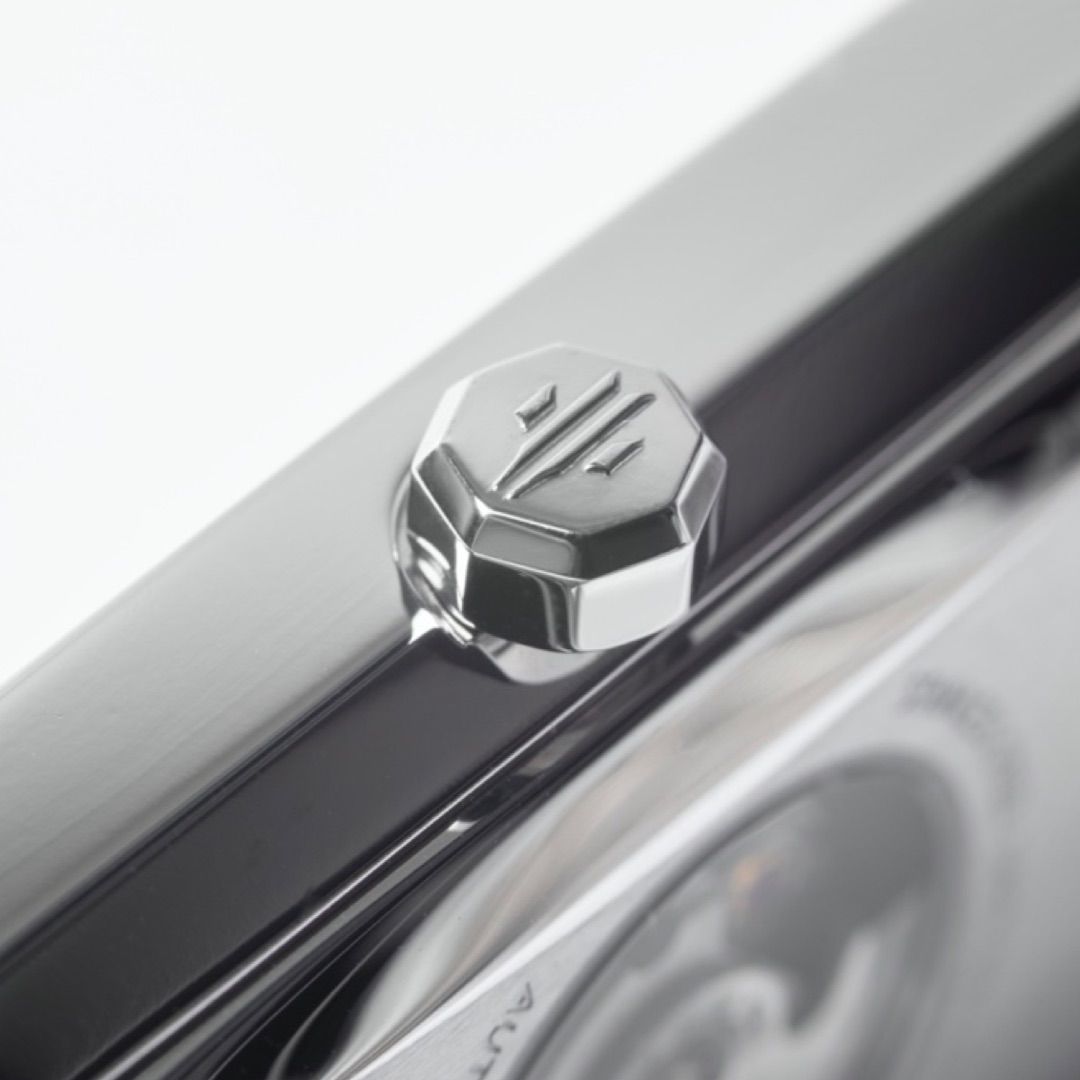
How to Wind an Automatic Watch: A Step-by-Step Guide
Everything you need to know to keep your mechanical timepiece running smoothly without damaging the movement.

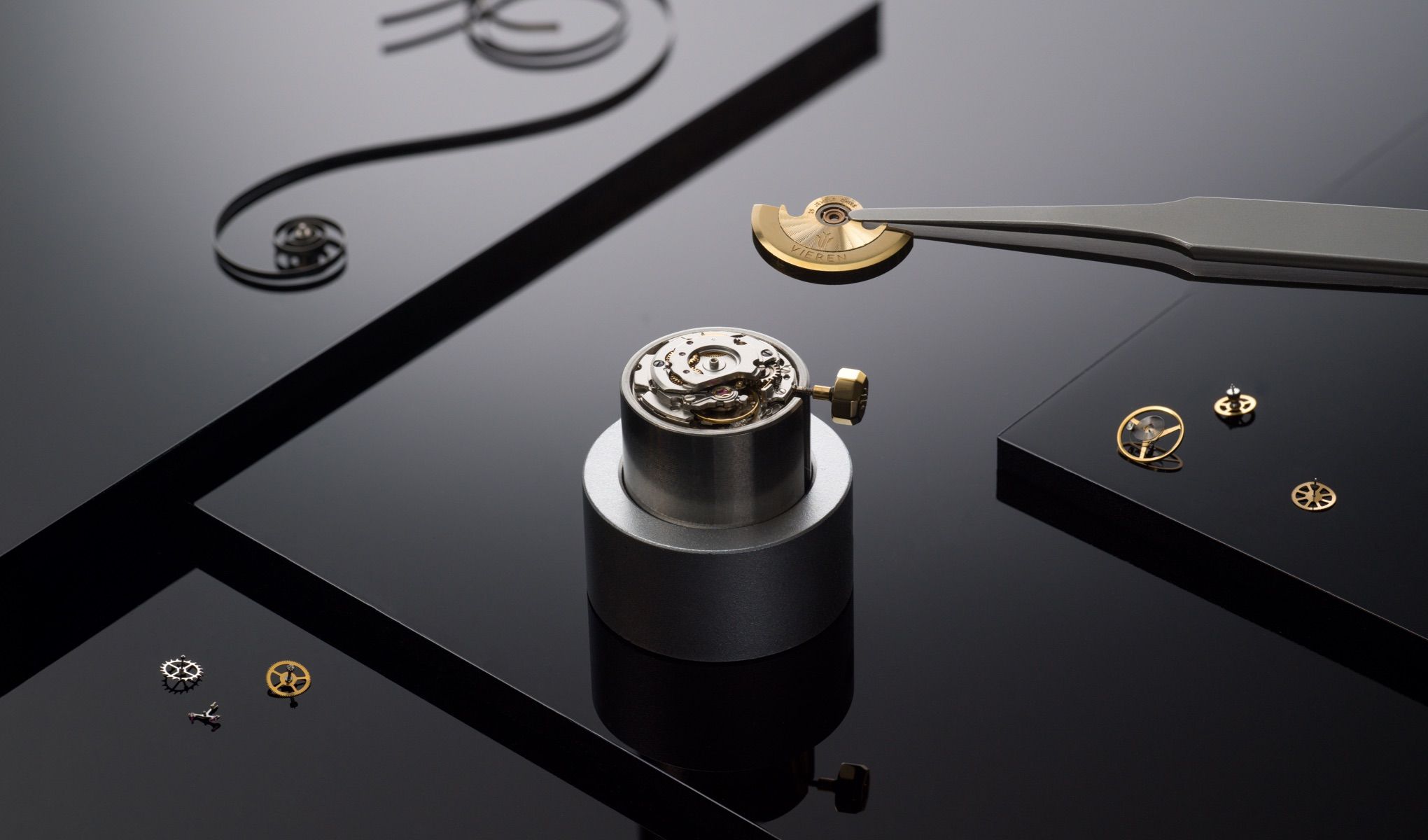

Even though automatic watches are designed to wind themselves through the natural motion of your wrist, they occasionally need manual winding. This is especially true if they haven’t been worn in a while or if your daily movement isn’t enough to keep them fully powered throughout the day. If your watch is part of a rotation, give it a few manual winds daily to keep the movement active.
For a detailed step-by-step guide, read our article on: How To Wind an Automatic Watch.
Even though automatic watches are designed to wind themselves through the natural motion of your wrist, they occasionally need manual winding. This is especially true if they haven’t been worn in a while or if your daily movement isn’t enough to keep them fully powered throughout the day. If your watch is part of a rotation, give it a few manual winds daily to keep the movement active.
For a detailed step-by-step guide, read our article on: How To Wind an Automatic Watch.
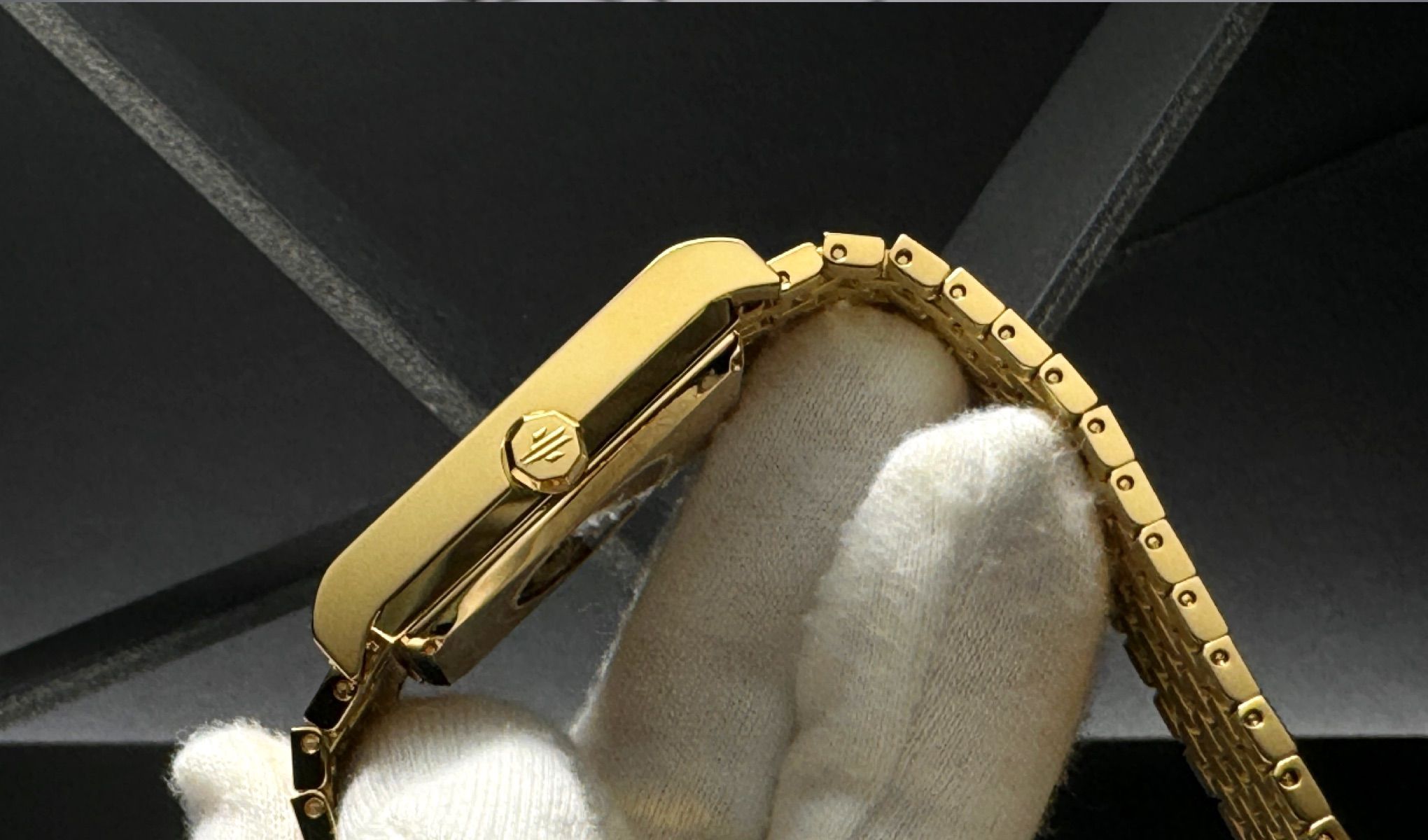

If your automatic watch hasn’t been worn before or has stopped due to lack of movement, you’ll need to give it a manual start using the crown — the small knob on the side of the case. This quick process will get your timepiece ticking and ready to wear.
Curious to dive deeper? Check out our complete guide on: How Automatic Watches Work..
If your automatic watch hasn’t been worn before or has stopped due to lack of movement, you’ll need to give it a manual start using the crown — the small knob on the side of the case. This quick process will get your timepiece ticking and ready to wear.
Curious to dive deeper? Check out our complete guide on: How Automatic Watches Work..
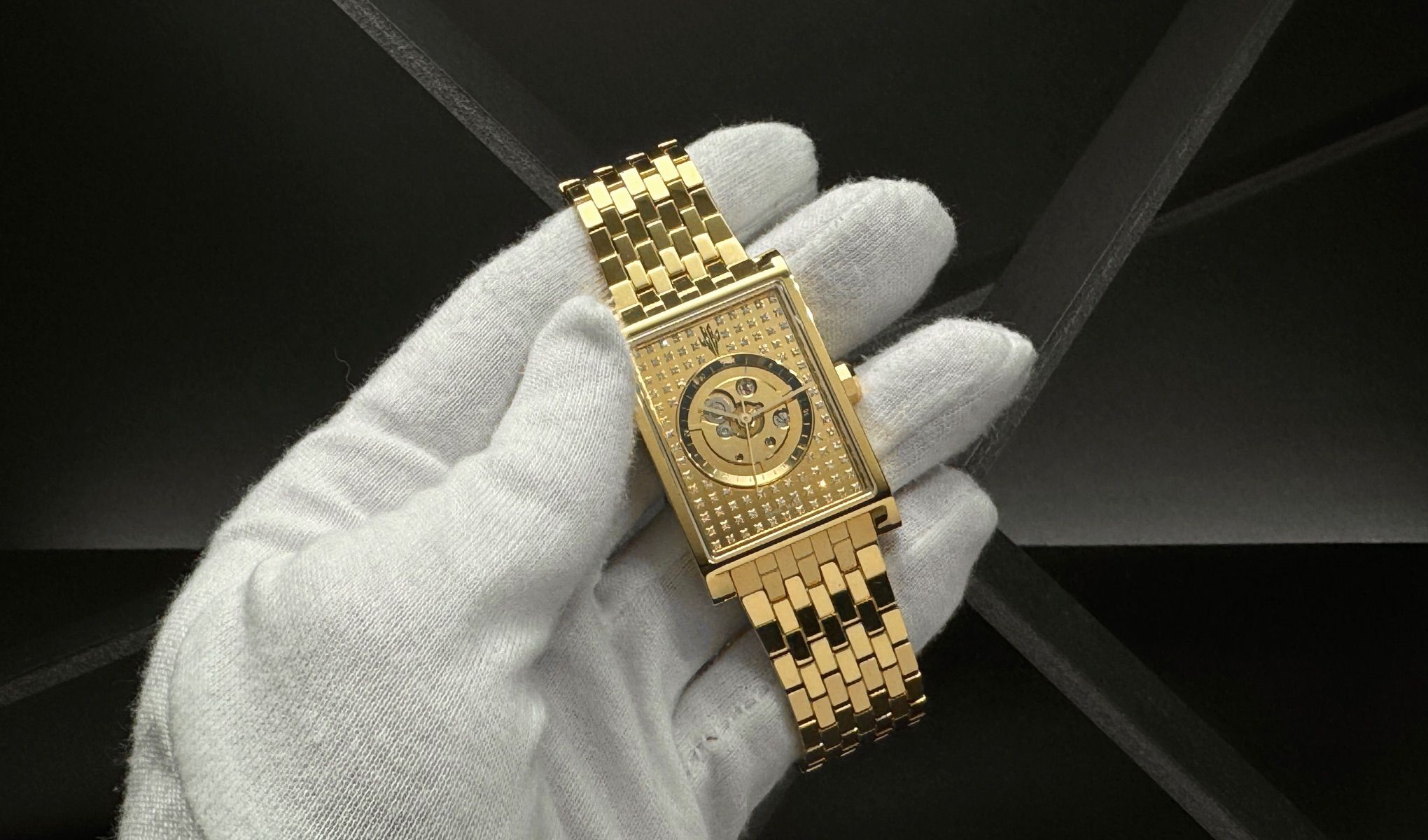

Automatic watches rely on the natural motion of your wrist to keep the mainspring wound and the movement running. If your wrist isn’t in motion for extended periods — such as during sedentary activities like working at a desk or sleeping — the watch may stop. This common scenario is sometimes called “desk diving.”
Other factors, like a loose strap or bracelet that doesn’t move enough on your wrist, can also reduce the efficiency of the winding mechanism, making it more likely for the watch to stop. So, if your watch stops, it’s not a sign of a problem — just a reminder to wind it or wear it regularly to maintain its accuracy and functionality.
Automatic watches rely on the natural motion of your wrist to keep the mainspring wound and the movement running. If your wrist isn’t in motion for extended periods — such as during sedentary activities like working at a desk or sleeping — the watch may stop. This common scenario is sometimes called “desk diving.”
Other factors, like a loose strap or bracelet that doesn’t move enough on your wrist, can also reduce the efficiency of the winding mechanism, making it more likely for the watch to stop. So, if your watch stops, it’s not a sign of a problem — just a reminder to wind it or wear it regularly to maintain its accuracy and functionality.


✓ Gets the watch started if it’s stopped
✓ Ensures a full power reserve for accuracy
✓ Helpful if you don’t wear your watch daily
✓ Convenient and hands-free
✓ Powered by your natural movement
✓ Maintains its self-winding nature
✓ Keeps the watch running when not worn
✓ Preserves date and moon phase features
✓ Ideal for collectors with multiple watches
✓ Gets the watch started if it’s stopped
✓ Ensures a full power reserve for accuracy
✓ Helpful if you don’t wear your watch daily
✓ Convenient and hands-free
✓ Powered by your natural movement
✓ Maintains its self-winding nature
✓ Keeps the watch running when not worn
✓ Preserves date and moon phase features
✓ Ideal for collectors with multiple watches
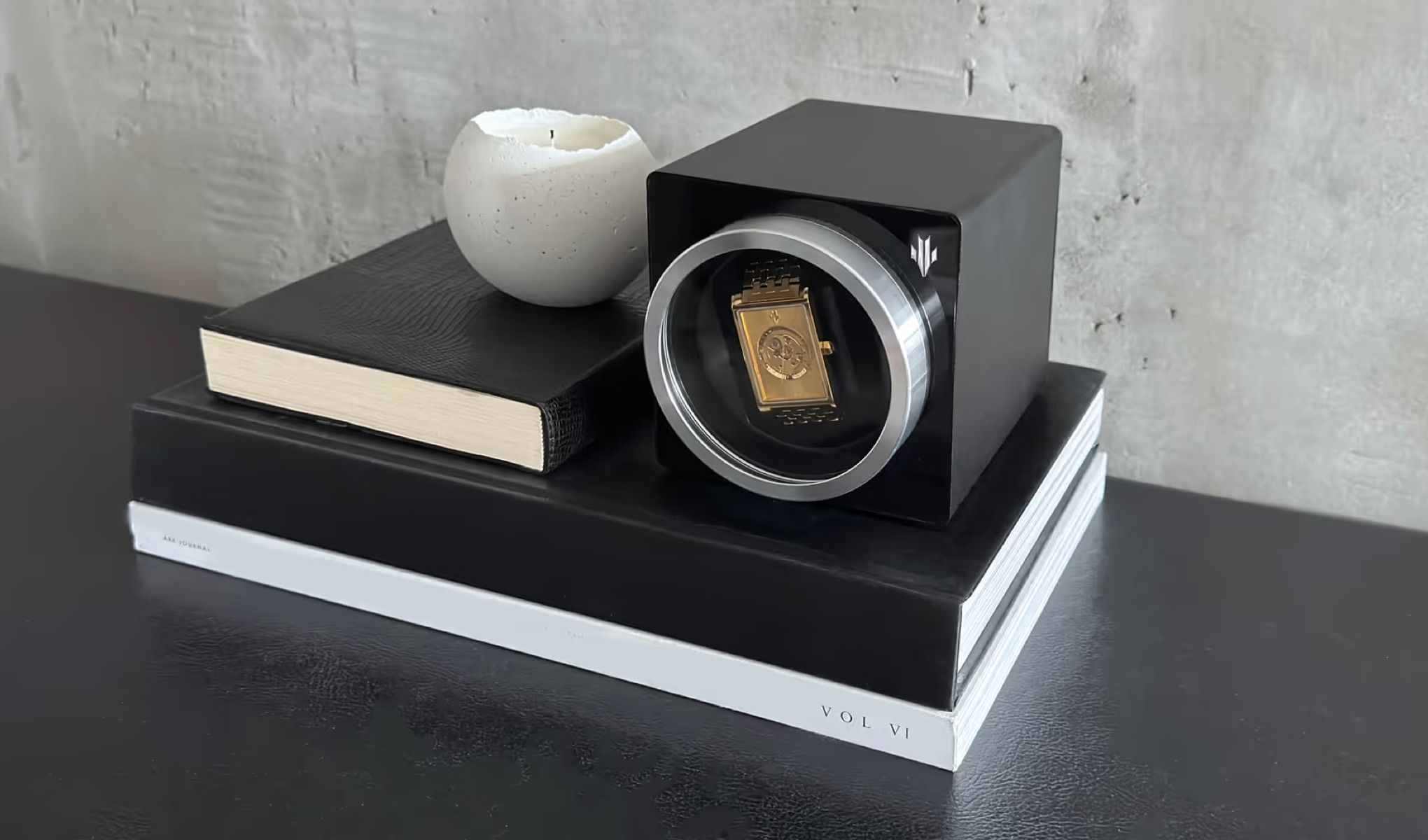

Automatic watch movements have built-in slipping clutches to prevent overwinding, but it's still best to stop winding once you feel increasing resistance — typically after about 30 clockwise turns. If your watch has a transparent caseback, you might catch a glimpse of the rotor and other components in action, which is a nice visual cue that the watch is fully functional.
Automatic watch movements have built-in slipping clutches to prevent overwinding, but it's still best to stop winding once you feel increasing resistance — typically after about 30 clockwise turns. If your watch has a transparent caseback, you might catch a glimpse of the rotor and other components in action, which is a nice visual cue that the watch is fully functional.
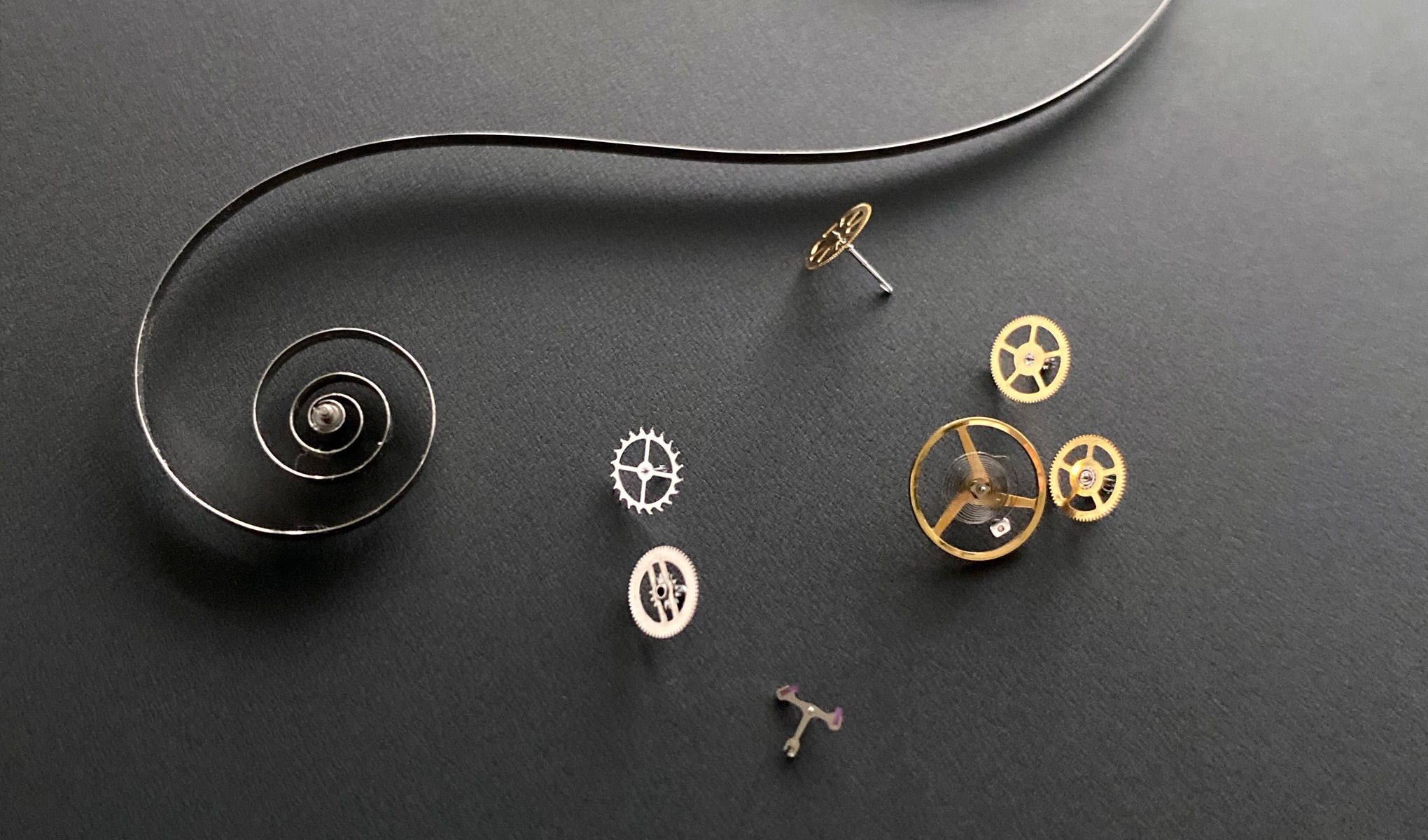

It’s a common myth that shaking your automatic watch will help start it, but this is NOT recommended. The internal rotor is designed to move with natural wrist motion, and sudden or forceful movements can damage the delicate mechanics inside.
✓ Gently rock it from side to side (like turning a doorknob) for 30 seconds, if needed.
✓ Prefer manual winding over shaking for consistent, safe power.
✗ Avoid tapping, flicking, or rapidly spinning the watch — it’s a precision instrument, not a toy.
It’s a common myth that shaking your automatic watch will help start it, but this is NOT recommended. The internal rotor is designed to move with natural wrist motion, and sudden or forceful movements can damage the delicate mechanics inside.
✓ Gently rock it from side to side (like turning a doorknob) for 30 seconds, if needed.
✓ Prefer manual winding over shaking for consistent, safe power.
✗ Avoid tapping, flicking, or rapidly spinning the watch — it’s a precision instrument, not a toy.
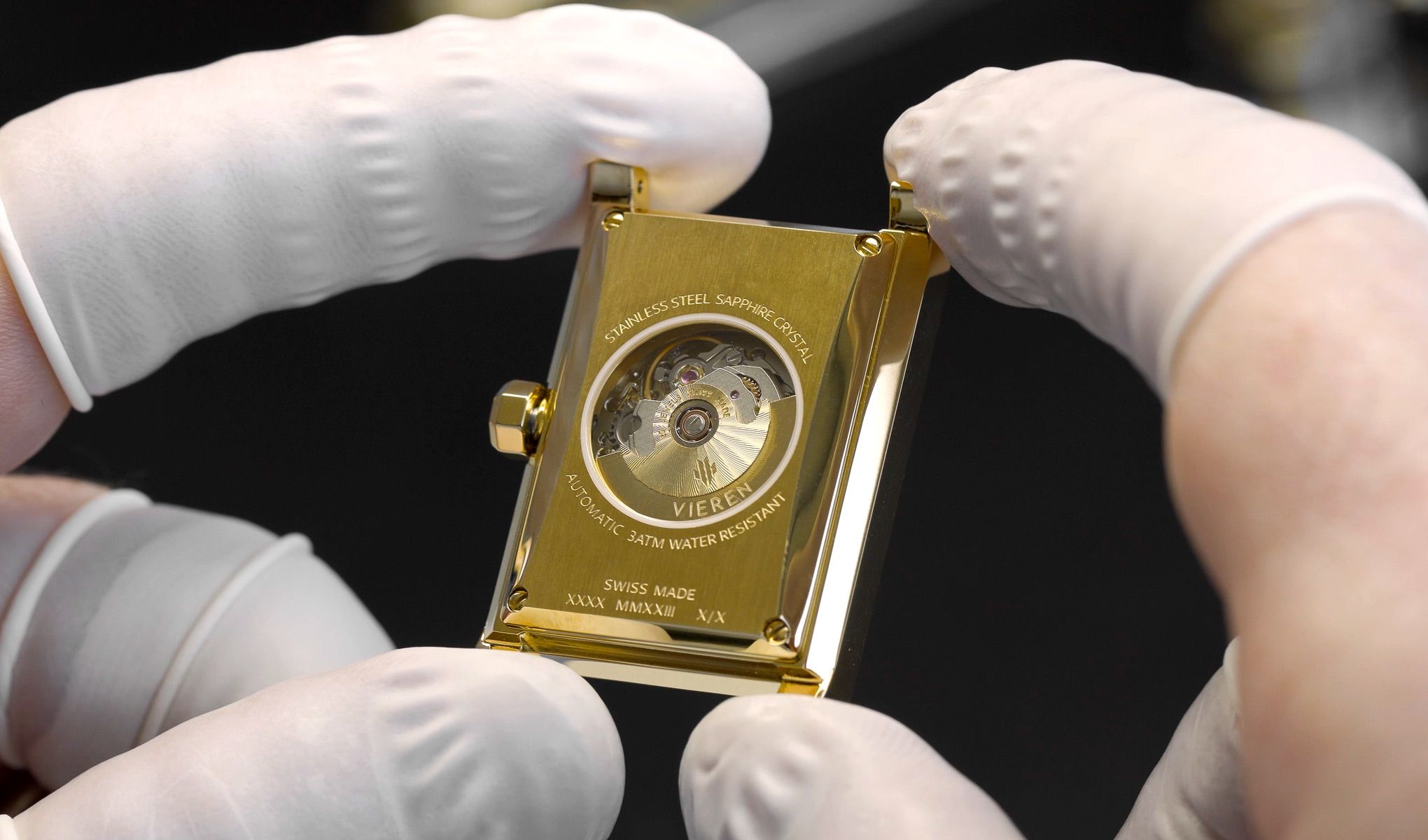

Owning an automatic watch is a rewarding experience, but it does come with a learning curve. To help you protect your timepiece and ensure it performs at its best, here are some of the most common mistakes new owners make and how to avoid them:
✗ Winding on Your Wrist: Always remove the watch before winding to avoid strain on the mechanism.
✗ Overwinding the Movement: Stop winding when you feel increased resistance — this means the mainspring is fully charged.
✗ Setting the Date at Night: Never set the date between 9pm and 3am — this is when the internal gears are active and prone to damage.
✗ Leaving It Unworn Too Long: Wind it every few weeks if stored, as prolonged inactivity can degrade lubricants.
✗ Neglecting Servicing: Service your watch every 3–5 years to keep it running smoothly for decades.
✗ Wearing During Sports or Sleep: Avoid wearing your watch during high-impact activities or sleep unless it’s rated for such conditions.
Owning an automatic watch is a rewarding experience, but it does come with a learning curve. To help you protect your timepiece and ensure it performs at its best, here are some of the most common mistakes new owners make and how to avoid them:
✗ Winding on Your Wrist: Always remove the watch before winding to avoid strain on the mechanism.
✗ Overwinding the Movement: Stop winding when you feel increased resistance — this means the mainspring is fully charged.
✗ Setting the Date at Night: Never set the date between 9pm and 3am — this is when the internal gears are active and prone to damage.
✗ Leaving It Unworn Too Long: Wind it every few weeks if stored, as prolonged inactivity can degrade lubricants.
✗ Neglecting Servicing: Service your watch every 3–5 years to keep it running smoothly for decades.
✗ Wearing During Sports or Sleep: Avoid wearing your watch during high-impact activities or sleep unless it’s rated for such conditions.



